Cantina La-Vis, a historic Trentino wine cooperative, announces the relaunch of the Ritratti Line, one of its most representative collections, with the introduction of six new labels inspired by as many original works of art. The new edition of the line was created with the intention of combining innovation and memory, thus tracing a path that enhances the link between wine, territory and contemporary visual culture. Embodying this vision are six selected wines, Sauvignon, Chardonnay, Gewürztraminer, Cabernet Sauvignon, Lagrein and Pinot Noir, designed exclusively for the Horeca channel.
The new Ritratti project was born from a collective path, the result of the synergy between members, agronomists and oenologists, who cooperate every day in a continuous exchange of know-how and experience," says Ezio Dallagiacoma, technical director and oenologist at Cantina La-Vis. “This is not just an aesthetic change, but an evolution that renews the spirit of the past to meet current challenges. Indeed, climate change pushes us to rethink work in the vineyard, and we do it with new protocols, turning difficulties into opportunities. It all starts with listening, observation and the ability to understand the land. This gives rise to wines that give voice to the land through the hands and thoughts of those who cultivate it.”
Founded in the Trentino municipality of Lavis, on the slopes of the Colline Avisiane and along the rushing course of the Avisio stream, Cantina La-Vis is rooted in an area naturally suited to viticulture. The name itself recalls the force of the waters flowing down from the mountains: vis (force), from the Latin, in fact encapsulates the primal energy that inspires the entire cooperative project. Founded in 1948 by fourteen local winegrowers, La-Vis is the fruit of a collective vision born in the post-World War II period, when confidence in sharing and in the quality of their grapes prompted producers to unite to create a solid and lasting project. The original commitment is symbolized by a wooden bas-relief that, to this day, displays the coats of arms of the founding municipalities: Lavis, Giovo and Meano. Along the decades, the winery has been able to broaden its horizons, welcoming in 1969 the reality of Salorno and uniting in 2003 the competencies of Cantina Valle di Cembra, further strengthening the link with the entire Trentino territory. But the strength of La-Vis also lies in its entirely new vision. Beginning in the 1980s, the winery promoted the Zoning project, rigorously mapping out the Soil Map and positioning itself as a pioneer in Trentino in enhancing the microclimatic and geological characteristics of each vineyard. An approach that anticipated current environmental challenges, turning them into an opportunity for more conscious and resilient viticulture. Ongoing collaboration with local research institutes has fueled the dissemination of know-how and strengthened the sense of belonging among the 400 members, who today cultivate about 400 hectares of vineyards.
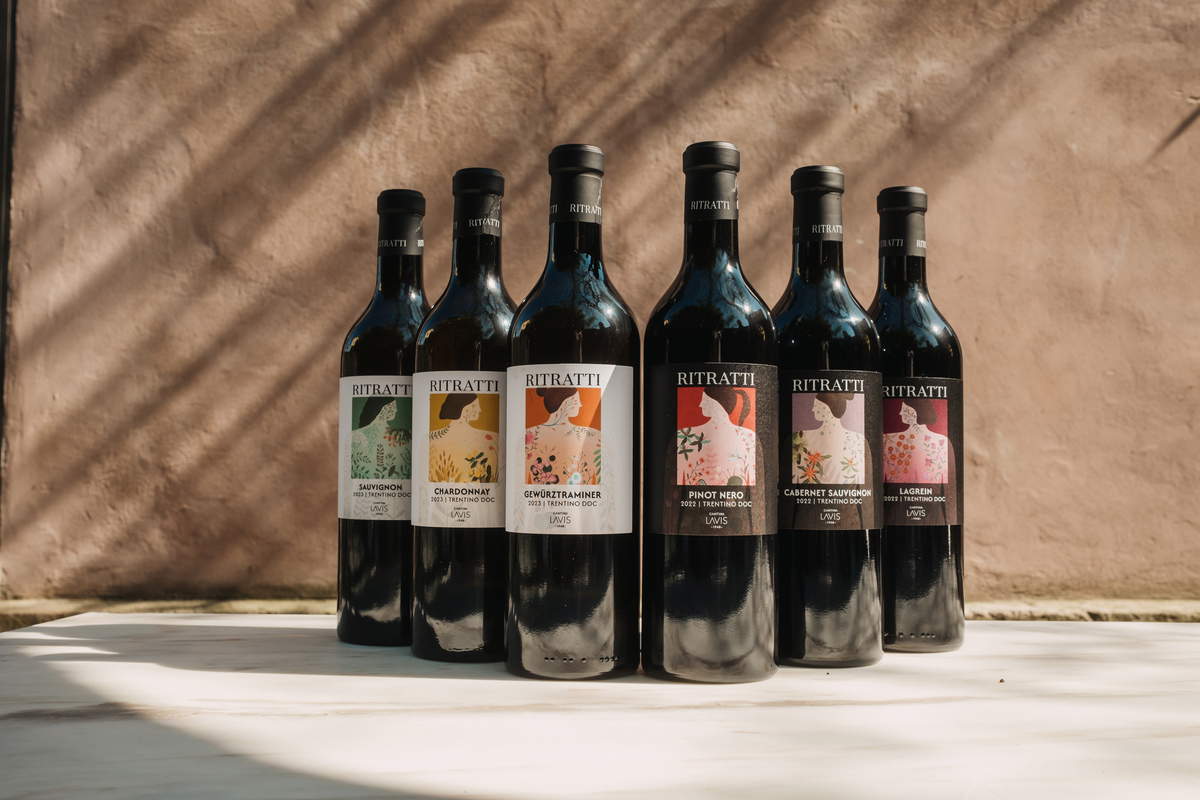
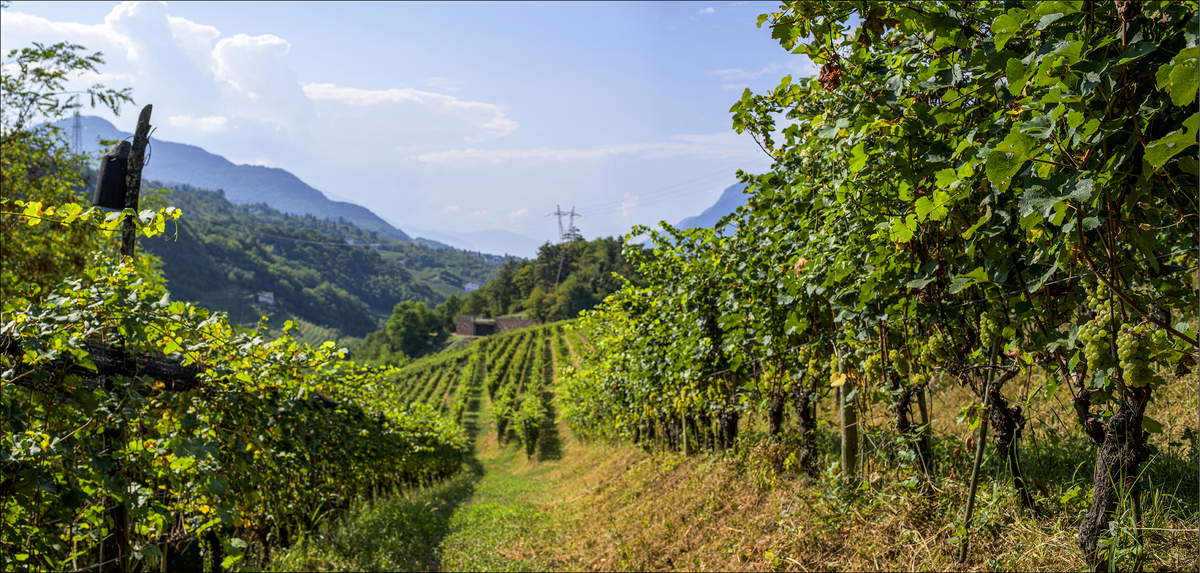
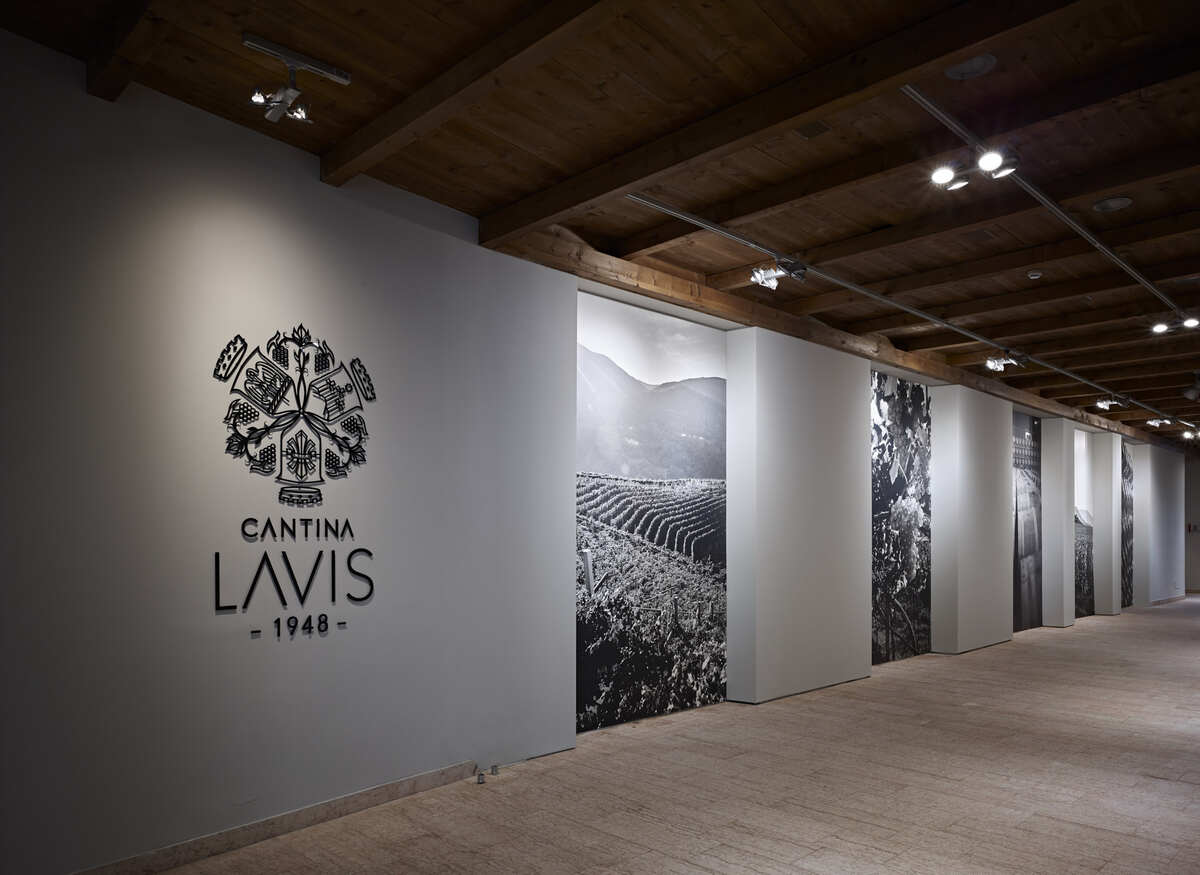
The winery’s oenological proposal is wide and varied, capable of embracing both native grape varieties such as Nosiola and Teroldego, and international varieties such as Chardonnay and Sauvignon. The references are divided into two main product lines: the Classics, a continuous and reliable expression of cooperative work, and Portraits, a collection that expresses the deepest and most distinctive soul of individual vineyards, where research becomes art. And it was precisely the Ritratti line that, in 2025, underwent a renovation: it is a path of rediscovery of the winery’s identity led to a new graphic design and a selection of wines that restores in a contemporary key the dialogue between nature and man, between agricultural knowledge and artistic sensibility. Over the years, the excellence of La-Vis wines has been recognized by numerous national and international guides and competitions. Among the most prestigious awards are the gold stamps of The WineHunter competition and the title of “Top Wine” awarded by the Slow Wine guide.
The Ritratti Line, first launched in 1988, represented a turning point for Trentino viticulture at the time. The result of the so-called Quality Project, a pioneering territory zoning initiative, the collection was based on some then innovative principles: reduction of yields per hectare, careful selection of grapes and adoption of cellar techniques capable of enhancing the peculiarities of the terroir. Thanks to the choices made, the wines obtained stood out for their identity and high organoleptic quality. Today, nearly four decades later, the Trentino winery is recovering that founding spirit and projecting it into a new season of research, rediscovery and renewed commitment to the enhancement of the viticultural biodiversity of the Avisian Hills. The relaunch is not limited to a graphic update, but reflects a broader path of productive evolution and attention to the territory. The intent of the line is to present industry professionals with references that combine enological value, attention to origin and aesthetic recognition. Each bottle also becomes a narrative object, thanks to the work of artist Margherita Paoletti, called upon to visually reinterpret the philosophy of the collection through a dedicated painting cycle. Margherita Paoletti, a contemporary artist with international experience but rooted in the Trentino region, was selected in collaboration with ADAC (Archivio trentino Documentazione Artisti Contemporanei). The curator of the Mart - Museum of Modern and Contemporary Art of Trento and Rovereto, Gabriele Lorenzoni, who is also in charge of the Trento Civic Gallery, contributed to the selection. It was Paoletti who created six original works for the labels of the new Ritratti Line. The images depict female figures surrounded by natural elements, in a visual synthesis that aims to evoke the intimate relationship between human beings and the environment. The approach taken by the artist aligns with the winery’s vision: to tell the story of wine as an expression of a landscape, a collective work and a deeply rooted agricultural culture.
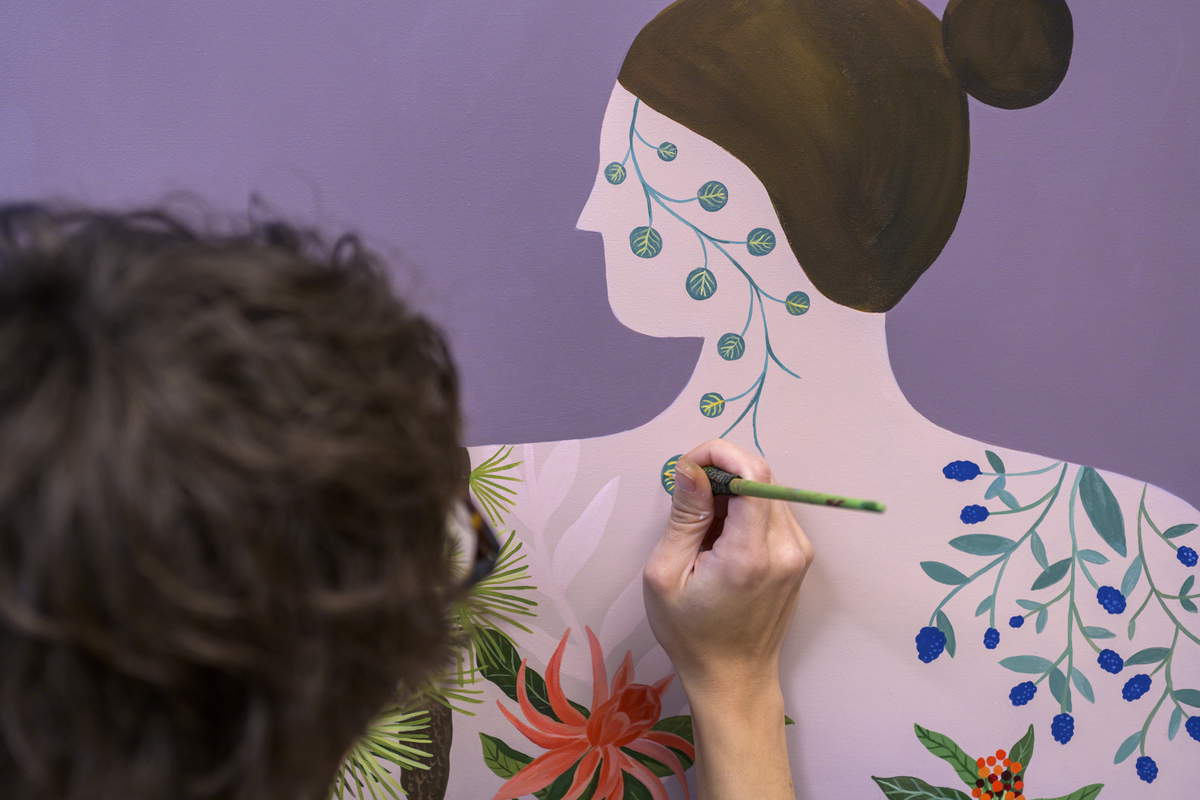
“With ADAC we are involved in promoting the activity, knowledge and study of the work of Trentino artists, with particular attention to young people,” comments Gabriele Lorenzoni. "We liked the idea behind the Portraits project right from the start and developed a shortlist of candidates based on the evaluation of criteria such as the quality of the work and the originality of the research, but also the use of traditional painting techniques, the link with the territory and the expression of contemporary aesthetic and formal values. Margherita Paoletti married the initiative with expertise and professionalism, creating six unique paintings, shown on the label, which the winery purchased, contributing to the value of the local artistic heritage."
Each label, therefore, becomes a component of the overall narrative, through which the bottle also takes on a symbolic and cultural value. The graphic design entrusts art with the task of amplifying the sensory perception of the wine, establishing a link between form and content. From a technical point of view, Cantina La-Vis has decided to adopt for the entire line a Bordeaux bottle with a distinctive profile, inspired by the one used in the 1980s, the era when the Linea Ritratti first saw the light of day. This choice, too, helps to consolidate the reference to tradition, while maintaining a future-oriented gaze. The reference to the 1980s becomes an opportunity to reaffirm the sense of continuity and consistency of the company’s identity. The relaunch of the line therefore invests the winery’s entire production philosophy. In this context, La-Vis reaffirms its desire to operate with respect for the pedoclimatic characteristics of the individual plots, promoting sustainable viticulture that preserves the territory’s natural and social heritage.
In this sense, the Portraits Line expresses a synthesis between the experience acquired over the years and a contemporary sensibility attentive to environmental issues. In the competitive context of the wine market (where product identity plays a decisive role in consumer choice), the project aims to strengthen the recognizability of its proposal, through oenological quality but also thanks to a coordinated image that speaks of authenticity and cultural enhancement. The relaunch of the line thus marks a transition for Cantina La-Vis, which in combining the language of wine with that of visual art, aims to actualize its founding message. The memory of one of its most representative collections is reinterpreted through a new aesthetic sensibility, without abandoning the criteria of rigor and consistency that have always characterized the winery. La-Vis thus reaffirms its mission. Which is? To protect the identity of each vineyard, enhance the environmental peculiarities of the Avisian Hills, support the work of members and promote a production model that recognizes wine’s role as a witness to the territory. In this sense, the new Portraits Line embodies a platform where viticulture, art and tradition find a meeting point; the brand is thus projected into new forms of expression and communication.
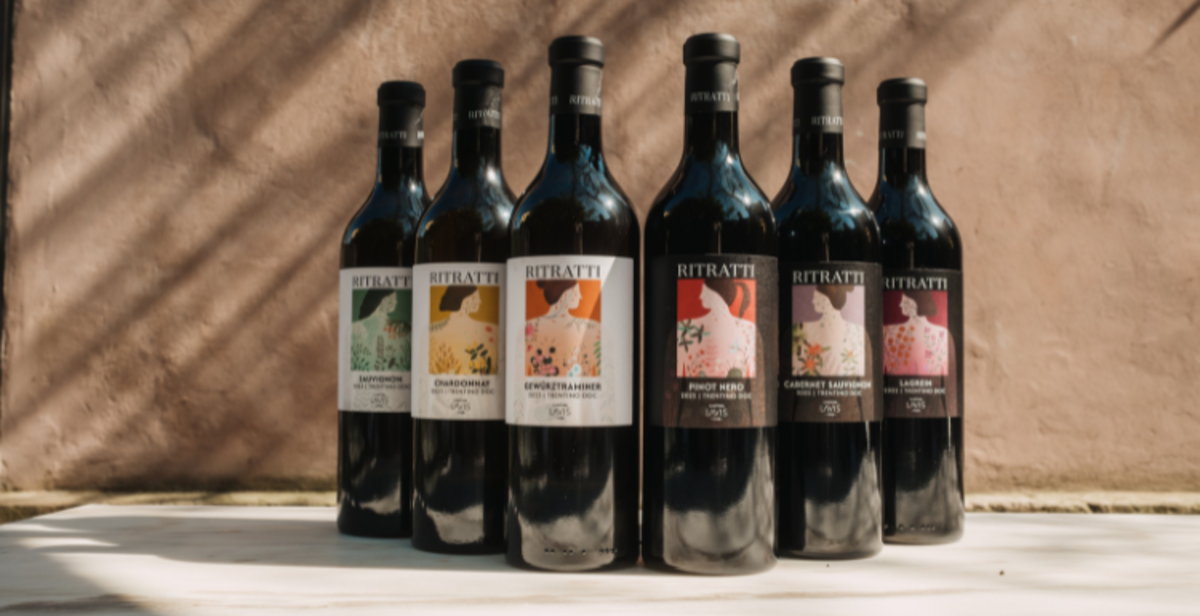 |
| Artist Wines: Cantina La-Vis relaunches historic Portraits line with six new labels inspired by art |
Warning: the translation into English of the original Italian article was created using automatic tools. We undertake to review all articles, but we do not guarantee the total absence of inaccuracies in the translation due to the program. You can find the original by clicking on the ITA button. If you find any mistake,please contact us.